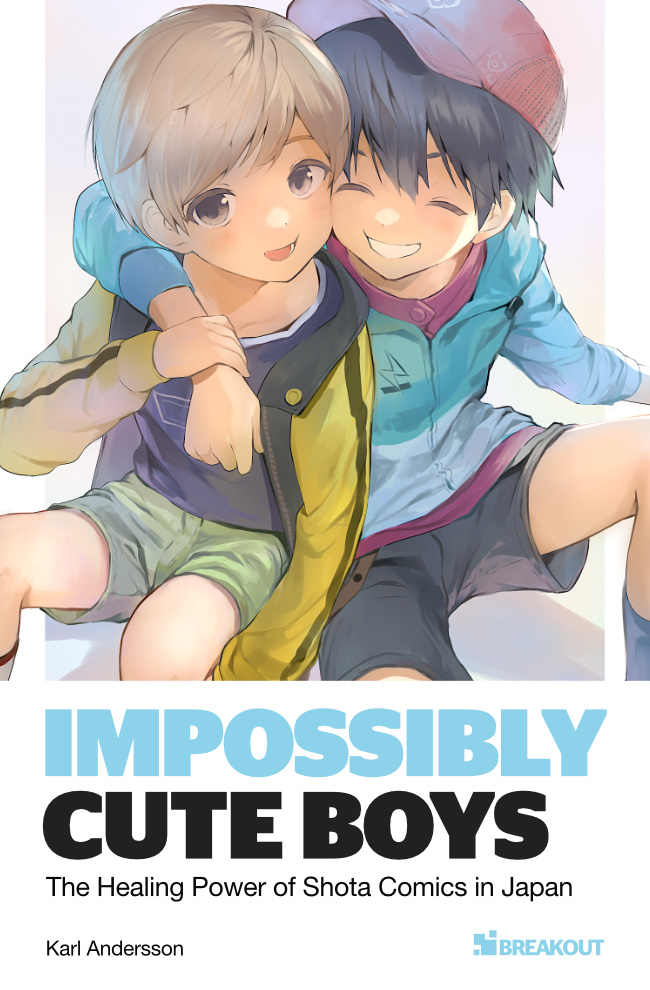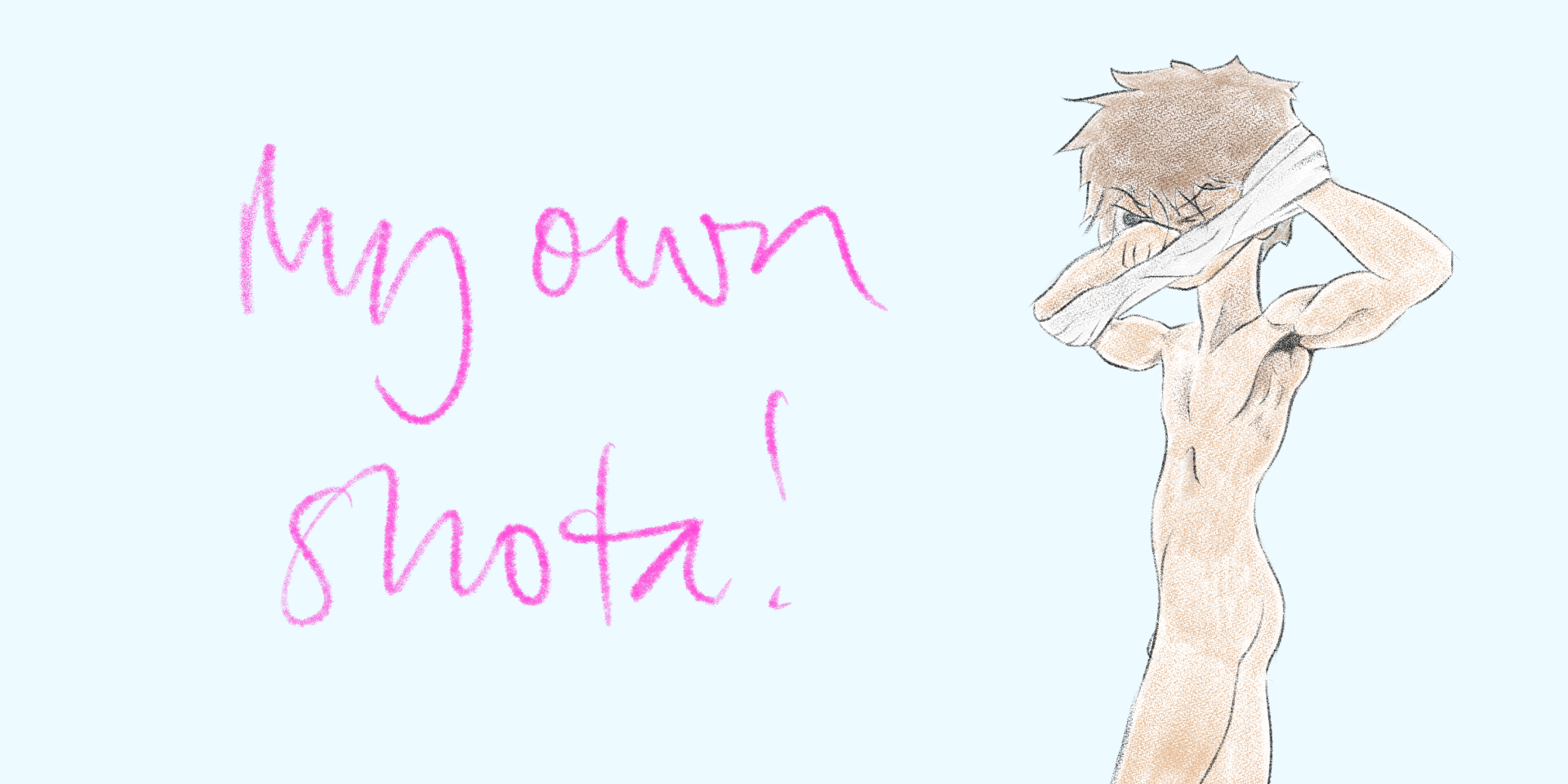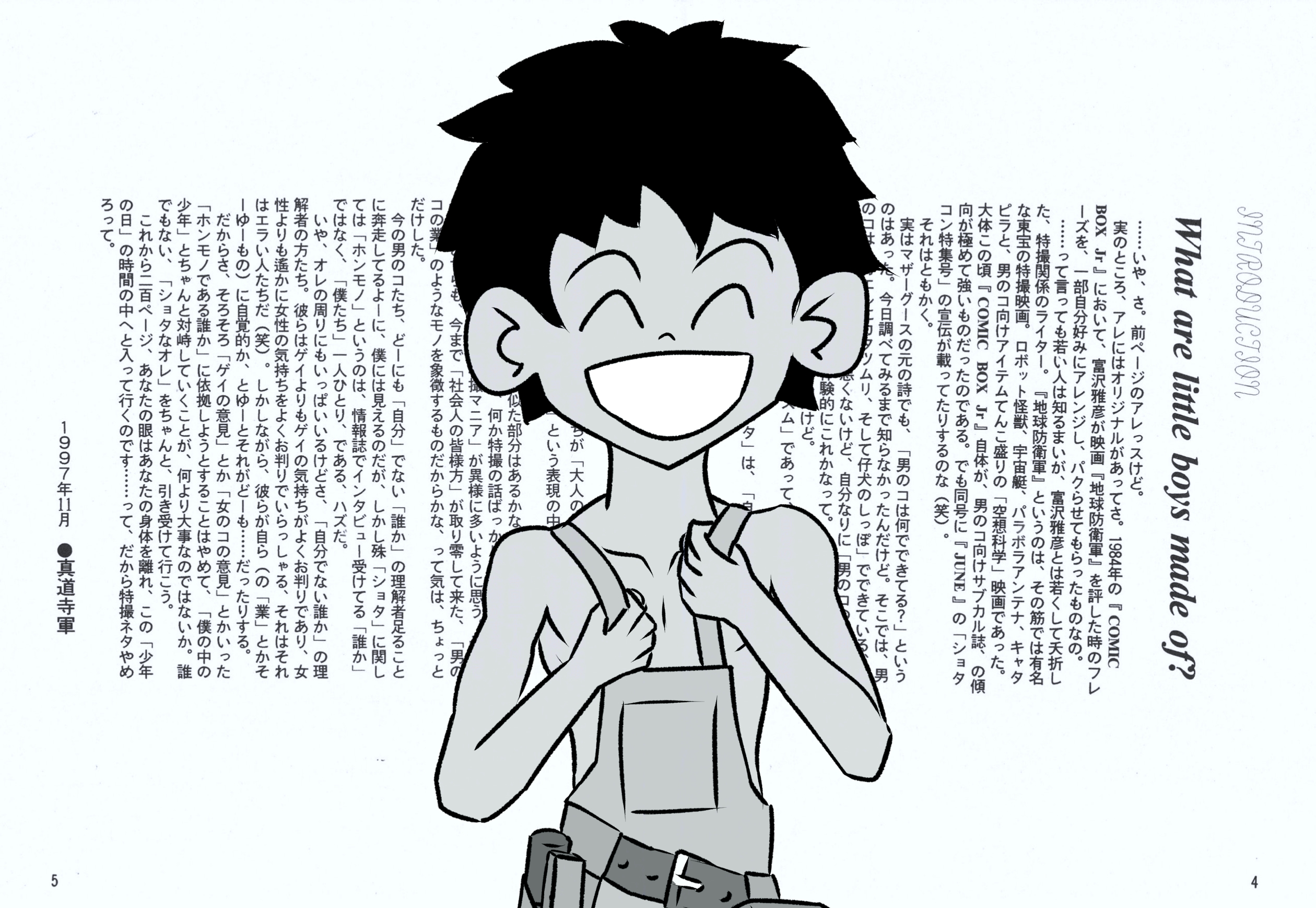Eric was hot. He had a rough edge, because he was a city boy and his parents were divorced. He had a moped. He had longish hair and lips that pouted just slightly and gave him a simple look. He probably wore braces, I don’t remember. But despite his rough aura, Eric was also kind. He didn’t hang out with the “cool” boys from the city, but he was respected by them. He was friends with the farmers, and since I was closer to the farmers (the only ones who would accept me), Eric was in my vicinity every now and then.
Eric was my classmate for three years in middle school. I don’t know anything about him either before or after, but for those three years I watched him every week in the changing room at gym class. He changed in the part of the changing room where I and the farmers changed.

I remember clearly when I watched him undress the first time. His muscles! Despite we were the same age – 12 or 13 years old – the muscles on Eric’s arms were bulging like smooth, toppy hills that disappeared in deep rivers that led into his dark armpit. I was mesmerised by that image, forever imprinted in my mind. I remember the intricacies of that dark pit of raw desire – it was like a mystery to me!

Of course I also remember his penis. It was pointy; stood out a bit from the body, as if it was always slightly erect. A small patch of pubic hair just above it. Over those three years I watched his penis grow: In 9th grade it had the same form – pointy – but was now several sizes bigger. More hair grew on top of it. His muscles had also grown, an intoxicating mess of smooth hills and dark, dangerous rivers. And he had grown underarm hair.
On one of the last days of seventh or eight grade, our teacher asked us what we would do over summer break – would we have a summer job maybe? Eric said he would work at the local saw. “So it’s a muscular Eric who will come back after summer break”, the teacher replied, and I read some desire into her words, like, did she have to mention his body? I still remember this occasion because I thought about Eric and his muscles.
I think I was in love with Eric, but I didn’t realise it, and I’ve never really thought about it after either. At one time the two of us were to go together to a field or forest for an exercise day a bit away from the school. I don’t know how we ended up together, we might have been assigned something, so the others had gone before us. I came to school with the school bus, but Eric had a moped, so he offered me a ride. I did have a moped too, but maybe only later on. I had in any case never sat behind a boy, a sexy boy, on a moped before. I was excited. Where should I hold my hands? There was some kind of metal structure for packages behind the long seat, so I grabbed it behind my back. Eric said: “You can hold on to me.” I didn’t. I thought it would be gay. How I regret that I didn’t, to this day! But I remember the heat from his body under his flannel shirt, flapping in the wind as we rode through the city to the others. I was so much in love!
I don’t have many more memories of Eric. I’ve googled him over the years, but fortunately never seen a picture. He remains in my mind as the perfect 13-year-old boy who I watched naked in the changing room every week for three years. Eric and his muscles. Eric and his penis. Eric and his warm body next to mine on the moped. Eric is my own shota.
Listen up, you reader! You probably carry your own shota with you from when you grew up. Tell me about him! Draw him! And be part of the collective research project into shota and shotacon that will contribute important insights about desire and sexuality to academia. Get in touch, let’s chat, let’s share our imaginations! Fill in the shota survey and let’s take it from there. I want to talk to you!




